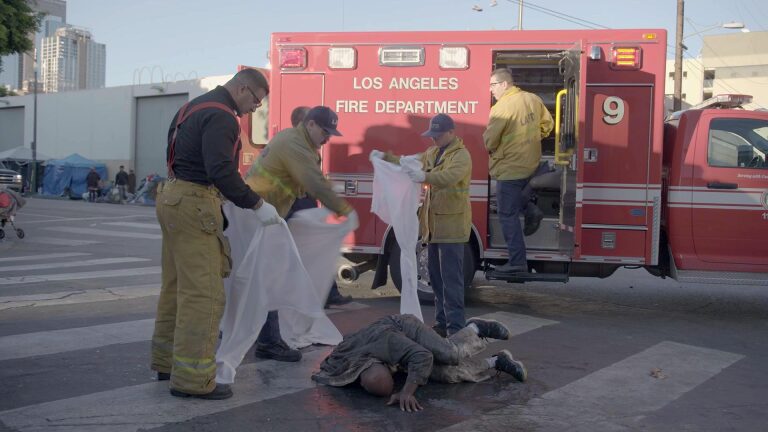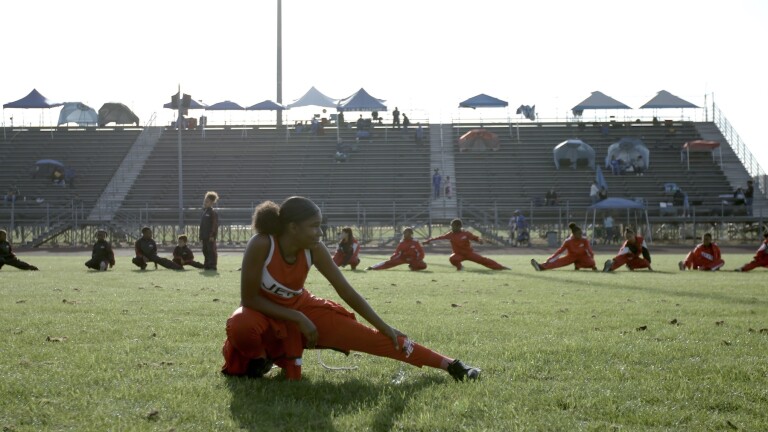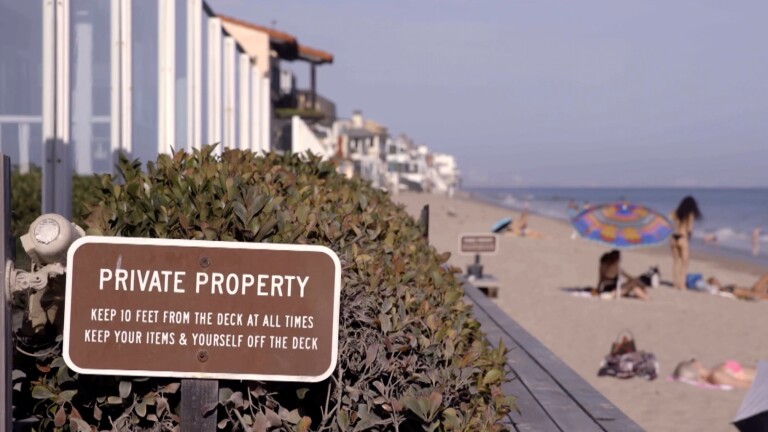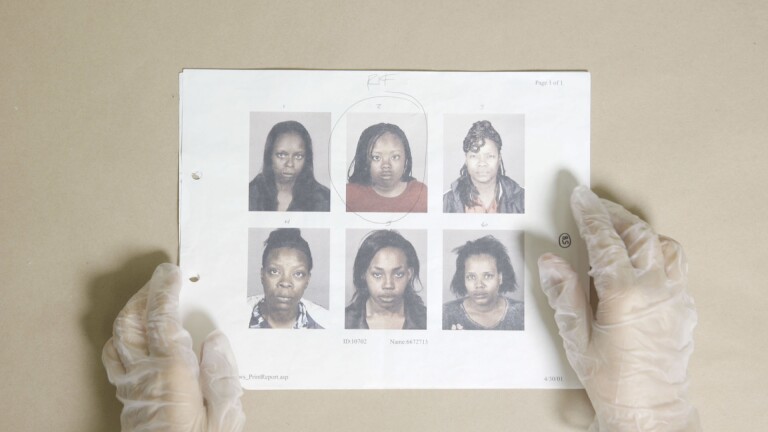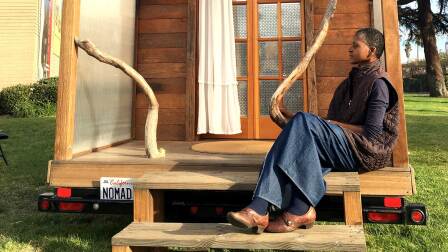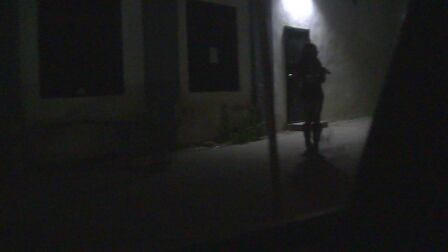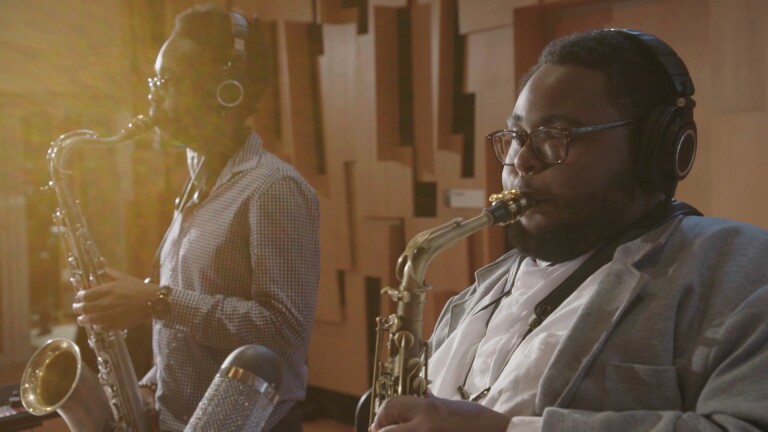
Coyotes: Kill Them or Coexist?
There is a growing awareness and concern about coyotes in Southern California. Many residents are concerned that their pets and even toddlers could be hurt or killed by coyotes.
A shrinking natural habitat and an unforgiving drought are causing coyotes to increasingly seek food and water in urban areas.
Map of coyote calls to Los Angeles Animal Services reporting coyote concerns. Data was provided by The Urban Wildlands Group.
“Coyotes are becoming more adapted to the city,” said Travis Longcore, Ph.D., science director for The Urban Wildlands Group.
Dogs, cats, and other small pets are sometimes targeted by these predators. Some pet owners have reported multiple pet injuries ranging from broken bones, punctured lungs, and other life-threatening injuries.
SoCal Connected created the following map using data from L.A. Animal Services. It shows where reports were made. Each call is represented by a point, color coded by year, and includes raw notes written by department staff.
Until 1994, the Department of Animal Services trapped and euthanized coyotes on a routine basis, according to LA Animal Services. Some residents in Newport Beach are calling for similar action, saying they are fed up with living in fear and seeing their pets killed. Other residents say these animals are part of the Southern California ecology. There are ways to discourage coyotes from coming near humans. For example, avoid leaving food or water for pets outside, or pick up fallen fruit from trees.
Some biologists caution that trapping and euthanizing coyotes doesn't necessarily make them go away and in some cases can trigger more breeding and larger litters of coyote pups. And now, the National Park Service has started a program to outfit GPS collars on a handful of urban coyotes to better understand how they are adapting to an increasingly urbanized environment.
Can we learn to coexist with coyotes? Reporter Derrick Shore speaks with pet owners, coyote advocates, and a National Park Service ranger about the coyote controversy.
Featuring Interviews With:
- Justin Brown, biologist, National Park Service
- Donna and Jeff Wiegman, pet owners
- Carol "Cee" Jung, Corona del Mar resident
- Randi Feilich, Project Coyote
Transcript
Derrick Shore: It’s 11 p.m. and Justin Brown from the National Park Service is taking me on a nighttime field trip.
Justin Brown: I can point this thing and I'll move 360 degrees and when I pick up the strongest signal, that's when I know the animal is in that direction.
Derrick Shore: So if you're facing this direction you know the coyote's that way. Justin: If that's where my strongest beep is...yup.
Derrick Shore: That beep will be coming from an electronic collar on a coyote that could be up to five miles away. I am so curious to see how this is going to work, or if it's going to work.
Justin Brown: Let's go find her.
Derrick Shore: OK, so I can ride in the back?
Justin Brown: Yes.
Derrick Shore: The coyote we’re tracking tonight is named C-147. Has a nice ring to it, huh? C-147 is wearing an electronic collar that allows her to be traced. It’s part of a first-time study to learn where coyotes live and how they survive in such an urban environment.
Justin Brown: We know very little about these urban coyotes. We know they can live in places like Griffith Park, where there’s a large natural area, but we don’t know. Can they really persist in these habitat fragments around L.A., in a neighborhood essentially. Vacant lots, little tiny parks…
Derrick Shore: Within an hour, we’d seen a coyote on a sidewalk in Thousand Oaks, but it wasn’t C-147.
Justin Brown: That was not our animal.
Derrick Shore: No beeping, no collar. Whether you call them coyotes, they’ve been here since before California was California. And instead of disappearing along with development, they adapt it.
Justin Brown: Just with my years of working with them, I’ve realized how smart they actually are, and what they’re capable of doing. It’s just kind of getting me to get a lot of respect for these animals.
Derrick Shore: By midnight, we still hadn’t heard one beep.
Justin Brown: We'll go up to the landfill.
Derrick Shore: So we drove through the complete darkness, up a mountain, next to a landfill, you know, totally normal places to go after midnight.
Justin Brown: That wind was cold.
Derrick Shore: That was cool. It’12:30 now, that's 12:30 a.m., and we've seen one coyote so far but we still haven't had any luck tracking the coyote that has the collar on it so we're going to jump back in the truck with Justin and keep our fingers crossed. Still no beep. C-147 is one Wiley coyote. In other places though, the coyotes are a little too easy to spot.
Jeff: There have been a lot of coyote incidents. I think there have been over 200 in the last 9 months or so.
Derrick Shore: This is the seaside community of Corona Del Mar. It’s maybe the last place you’d expect to see a coyote. But Donna and Jeff say dogs and cats are being eaten by coyotes all the time.
Donna: It's bad, it's it's…
Jeff: It's a problem all over.
Donna: It's a real threat. It's really, really bad.
Derrick Shore: They say it’s so bad, that many residents have armed themselves.
Jeff: So people are carrying all sorts of implements around you know in the evening -- whether they be baseball bats or golf clubs, in some cases guns.
Derrick Shore: Jeff and Donna say they’ll do anything to protect their dog from a coyote attack.
Jeff: If a coyote were to come onto my property, I would shoot it -- and that would be perfectly legal although I would be responsible for where that bullet ends up -- if it goes through the animal and you know, damages you know a car or a house or kills somebody, I understand that. But that might be a risk I'm willing to take.
Derrick Shore: Folks here worry that some coyotes are no longer afraid of humans.
Donna: Of course you're going to yell at them, and tell them to get away and do whatever you can but there really hasn't been time to do that. If they come out under the car, they’re just there and off they are with your pet.
Derrick Shore: So the attack happens before you even have time to react.
Donna: Correct.
Derrick Shore: Carol Jung has lived in Corona Del Mar for 17 years and she says the coyotes there have gotten more aggressive. Last year one of them came into her backyard and ate her cat.
Carol Jung: You can't walk at night without weaponry. You certainly can't leave your patio doors open nor will you see patio doors open here because everyone is afraid a coyote is going to come inside.
Derrick Shore: And that’s exactly what happened in Laguna Beach in the fall of 201. A coyote went into a house and grabbed a small dog while a week-old baby was sleeping in the same room. Wow so even just leaving your back door open now, that’s a no-no to leave it open.
Carol Jung: Absolutely unacceptable. That's correct, yes.
Derrick Shore: Carol would like to see the coyotes removed from her neighborhood. So if a coyote has been deemed aggressive, you would like to see that coyote trapped, taken away and euthanized.
Carol Jung: If a coyote has become aggressive, and is getting within 15 feet of me, and putting fear into children, old people, and people with pets, then yes.
Donna: It’s where you are constantly on your toes when you go out your front door with an animal, and the scary thing would be if you had a small child with you, and you were attacked. What could happen?
Derrick Shore: Well, maybe an attack on a human. They are rare, but they do happen. In fact, there have been dozens of attacks on people in Southern California over the past 30 years. One of which was fatal. In 1981, three-year-old Kelly Keene was in her Glendale front yard when she was mauled to death by a coyote. She’s the only known fatality from a coyote attack in the U.S. After Kelly Keene was killed, authorities launched ac coyote hunt in Glendale. They killed about 450 coyotes over 13 years. But then, Glendale changed its policy to one of coexistence and public education. It’s the same approach many county officials and wildlife experts support today. Randi Feilich lives in the hills of Calabasas and she volunteers her time with a group called Project Coyote. Their mission is to promote coexistence.
Randi Feilich: Coyotes are naturally afraid fearful of humans, they don't want to interact with humans. They're just coming here looking for food or water.
Derrick Shore: Randi believes we humans need to change our behavior.
Randi Feilich: To protect your pet, you want to remove all the food sources inside your yard and what that means is pick up fallen fruit if there's fruit outside in your backyard, coyotes love fruit. You wanna just remove every type of food source from your backyard. Don’t feed dogs outside, don’t feed cats outside, same thing with water bowls.
Derrick Shore: It’s 1:30 a.m., but Justin isn’t giving up. As soon as we clear these tumbleweeds out of the way we might get to the top of the mountain and we might get a signal from the coyote collar. But no guarantees, right?
Derrick Shore: Here C-147!! Here C-147!
Justin Brown: If she could hear me I think I could hear her.
Derrick Shore: We’re back in the truck and we’re headed to the other side of the mountain. Oh, it's windy and it's cold. Just a bunch of static. Where are we right now, anyway?
Justin Brown: Um…
Derrick Shore: Get anything yet, how about now? So what now?
Justin Brown: Let’s go back to the truck and keep driving.
Derrick Shore: This night was actually weeks in the making. A couple of weeks earlier, Justin showed me the process of trying to bait and trap a coyote so he could put a coyote on it. You're bringing road kill used as bait to this site day after day until you can sense a pattern and then you would try to put a collar on them.
Justin Brown: Exactly. So I 'll put the bait out and then usually about every two to three days I'll come out, refresh the bait, check my camera to make sure everything is working.
Derrick Shore: So far, only there coyotes have been collared in Los Angeles.
Justin Brown: So this is the radio collar
Derrick Shore: Wow, it’s a lot smaller than I was expecting. It’s sort of like a prison ankle bracelet.
Justin Brown: A little bit, yeah I mean it tracks them just like those ankle bracelets do.
Derrick Shore: The last thing Justin needs is the bait. Today, it’s a dead rabbit he found on the side of the road.
Justin Brown: Let’s go head out there.
Derrick Shore: OK. Can I carry anything?
Justin Brown: You mind carrying that?
Derrick Shore: I'll let you handle the road kill if you don't mind. Why do you pull the rabbit apart?
Justin Brown: ‘Cause I want to put it in multiple sites so they have to work around the site a little bit.
Derrick Shore: Alright, now we just need a few coyotes.
Derrick Shore: But sometimes, we don’t get the things we need. Night after night, the infrared cameras recorded coyotes walking by, but not taking the bait. Coyote research or not, people in Corona Del Mar feel a sense of urgency.
Donna: We realize that coyotes are never going to go away. They're always going to be here in California, always, always. But just take care of the aggressive coyotes that are killing our pets. Period.
Justin Brown: A lot of people wanna remove these coyotes, it's very difficult to catch them and remove them in the first place, but then even when you do usually that area is reoccupied by another coyote very shortly. It doesn't take very long when a space opens up for coyotes to move right back in.
Derrick Shore: Justin says killing coyotes only temporarily reduces their numbers, because it seems to trigger more breeding.
Justin Brown: There's government agencies that do lots of removal trying to reduce livestock depredation and they have to do it every year so no matter how much killing and removal they do, they reduce the populatiosn for that year, but then a year or two later, they’re back.
Derrick Shore: Coyotes have shown that they are strong enough and smart enough to survive. And they’re certainly good at evading people if they want to. After hours of driving around, not a single beep. 2:30 am, no sign of our coyote.
Justin Brown: Yeah, we didn't get lucky tonight. Derrick: Yeah, you disappointed?
Justin Brown: A little. It’s always hard when you spend a couple hours looking and don't find it.
Derrick Shore: While coyotes have been here in SoCal for centuries, research into these urban predators is still very new.
Justin Brown: There's still a lot of to learn from them. We really have just barely scratched the surface on what we can find out about these animals.
Derrick Shore: For tonight though, we’ve hit a dead end. Maybe tomorrow night.
Justin Brown: Well I'm not going to be out tomorrow night but good luck.
Derrick Shore: Can I have the keys to your truck?
Justin: Yeah, really. ha ha ha.
Derrick Shore: I’m Derrick Shore for “SoCal Connected.”

